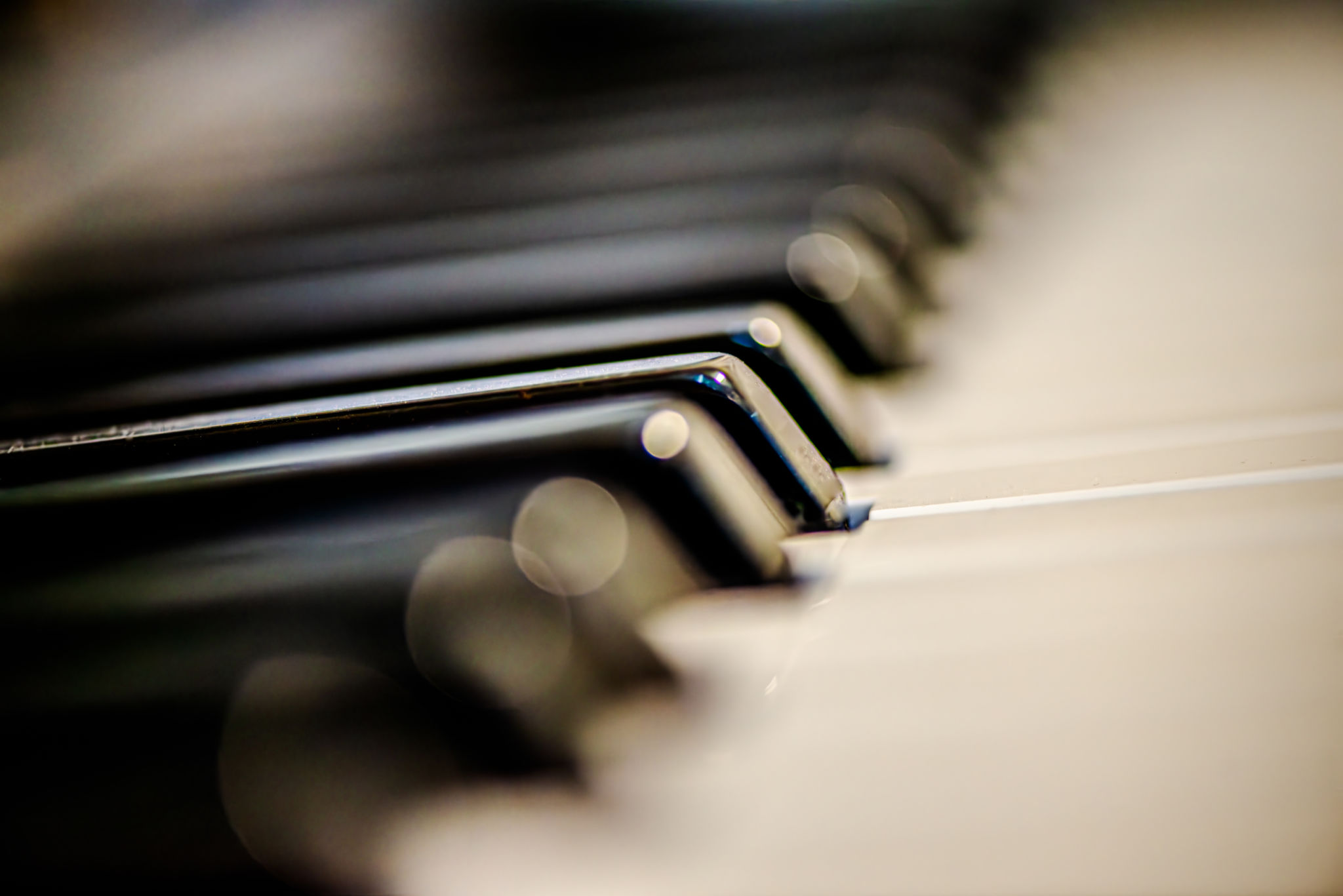Understanding "Pitch Raises" and why they're reccomended
Pitch Raises in Piano Tuning
What they are, why they matter, and when your piano needs one
A lot of piano owners hear the term pitch raise and assume it is an extra charge. It is not. A pitch raise is a necessary step when a piano has fallen too far out of tune to be pulled back to standard pitch in one pass. This post explains what a pitch raise is, why your piano might need one, and how it protects tuning stability.
What is a pitch raise?
A pitch raise is a preliminary adjustment where your technician brings the entire piano up toward A440 before performing a fine tuning. Since a piano carries around 18 to 20 tons of string tension, a major pitch correction shifts the whole structure. If the pitch is low, a standard tuning cannot land cleanly because the frame and soundboard are still moving.
A pitch raise creates the stable tension foundation needed for accurate tuning and longer stability.
How to know if your piano needs a pitch raise
A pitch raise is usually needed when:
• The piano sits more than 20 cents flat.
• It has not been tuned in more than a year.
• It has been exposed to big humidity swings.
• It was stored or moved through poor conditions.
• You need it tuned to A440 for other instruments or recordings.

Even a 10 to 15 cent drop can trigger enough tension shift to justify a pitch raise on many pianos.
Why a standard tuning is not enough
If the pitch is too low, a regular tuning sends your technician in circles. You correct one area, then later adjustments throw it off again. The piano may sound fine for a moment, then drift as the tension settles.
A pitch raise eliminates this cycle. The technician restores tension first, then performs a full tuning that holds for months, not weeks.
Benefits of a pitch raise
A proper pitch raise improves your piano by delivering:
• Better tuning stability.
• More even tone across the keyboard.
• Less strain on individual strings.
• More predictable response from the soundboard.
• A healthier long-term tension profile.
Skipping a needed pitch raise forces the tuning to sit on unstable ground, which shortens its lifespan.

Common myths about pitch raises
Myth 1: It is an unnecessary extra charge.
A pitch raise is required when the piano is too flat for a normal tuning. Without it, the tuning will not settle or hold.
Myth 2: The piano will rise back to pitch over time.
Pianos only move downward in pitch. They do not climb back up on their own.
Myth 3: Pitch raises damage strings or the piano.
When done by a trained technician, the process is safe. It uses tension levels the piano is built to handle.
How to prevent future pitch raises
Regular maintenance helps you avoid extra corrective steps. Tune your piano every 6 to 12 months and keep humidity steady around 40 to 50 percent. Consistency keeps the tension stable and reduces the need for major corrections.
Final thoughts
A pitch raise is not a trick or a surprise fee. It is a practical step that allows your piano to return to proper tension and receive a tuning that lasts. If your technician recommends one, it is because your piano will not stay stable without it.
